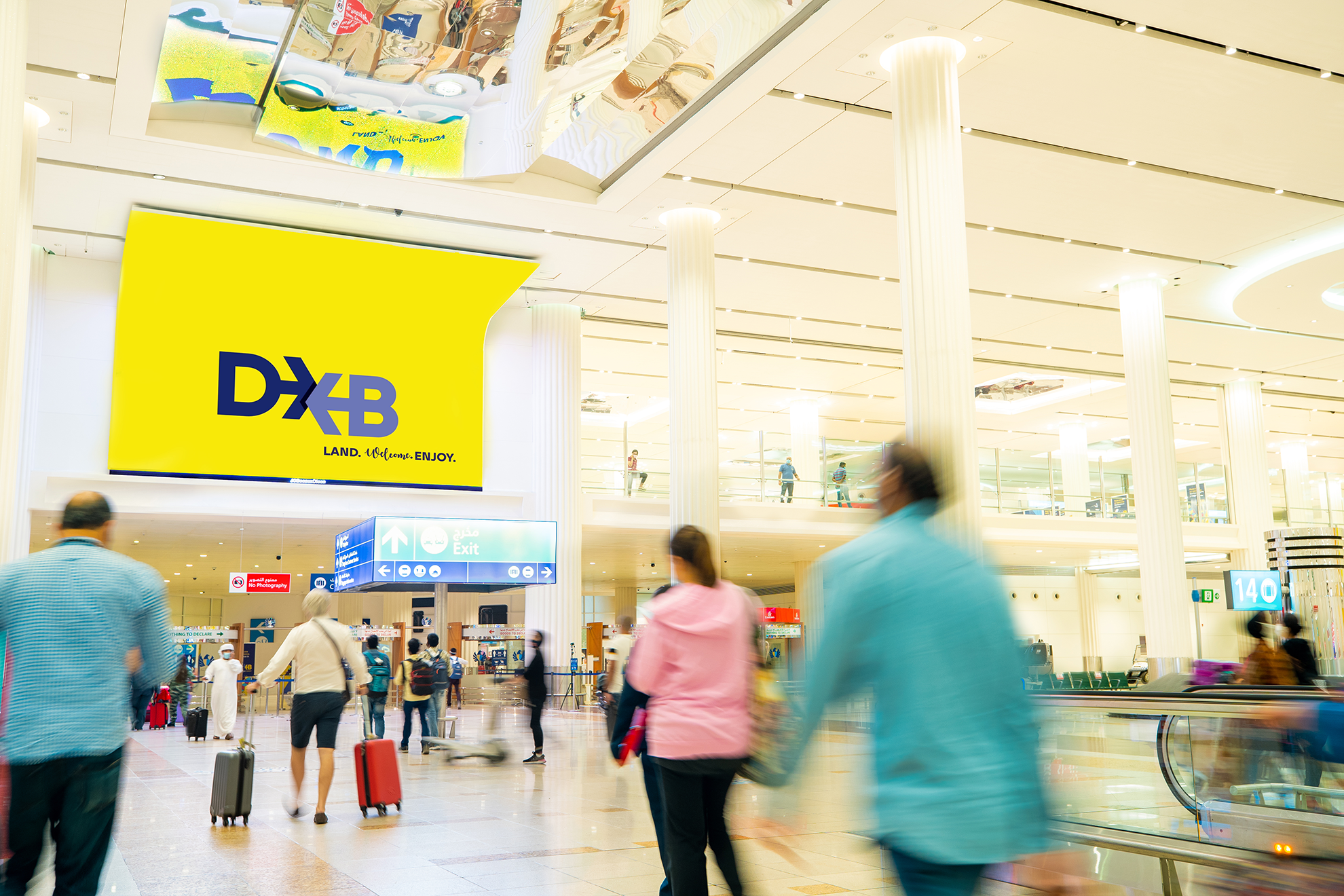
Dubai International Airport (DXB) has set a new milestone by accommodating a staggering 44.9 million passengers so far this year. This impressive figure underscores DXB’s status as one of the world’s busiest airports and highlights Dubai’s growing importance as a global travel hub.
Key Drivers Behind the Record Traffic
Several factors contribute to the record-breaking passenger traffic at DXB:
- Strategic Location: Dubai's geographic location as a major transit point between Europe, Asia, and Africa continues to attract travelers. The city's strategic position facilitates efficient connections for international flights, making it a preferred stopover for passengers.
- World-Class Facilities: DXB is renowned for its state-of-the-art facilities, including luxury lounges, advanced security systems, and a wide range of shopping and dining options. These amenities enhance the overall travel experience, encouraging more passengers to use the airport.
- Strong Economic Growth: Dubai's robust economic performance and expanding tourism sector contribute to increased passenger volumes. The city’s appeal as a business and leisure destination drives both inbound and outbound travel.
- Airline Network Expansion: Dubai's flagship carrier, Emirates, along with other airlines operating from DXB, has expanded its networks, offering more routes and flight options. This expansion provides greater connectivity and attracts more passengers to the airport.
Implications for the Aviation and Tourism Sectors
The surge in passenger traffic at DXB has significant implications for various sectors:
- Aviation Industry Growth: The increase in passenger numbers benefits airlines operating at DXB, leading to higher revenues and potential for further expansion. It also emphasizes the airport’s critical role in global air travel.
- Boost to Tourism: High passenger traffic reflects Dubai’s growing popularity as a tourist destination. This influx supports the city’s hospitality and tourism industries, leading to increased bookings in hotels, resorts, and local attractions.
- Infrastructure Development: Continued growth in passenger traffic may necessitate further investments in airport infrastructure. This includes expanding terminals, enhancing facilities, and improving passenger services to accommodate rising volumes.
- Economic Impact: The influx of travelers supports local businesses and generates economic activity in Dubai. This includes spending on retail, dining, and services, contributing to the city’s overall economic vitality.
Dubai International Airport’s record-breaking passenger traffic of 44.9 million in 2024 highlights the airport’s pivotal role in global air travel and Dubai’s status as a major international destination. The continued growth in passenger volumes reflects strong economic performance, strategic location advantages, and world-class facilities. As DXB continues to handle record numbers of travelers, it reinforces Dubai’s position as a leading global transit and tourism hub, driving growth across the aviation and tourism sectors.